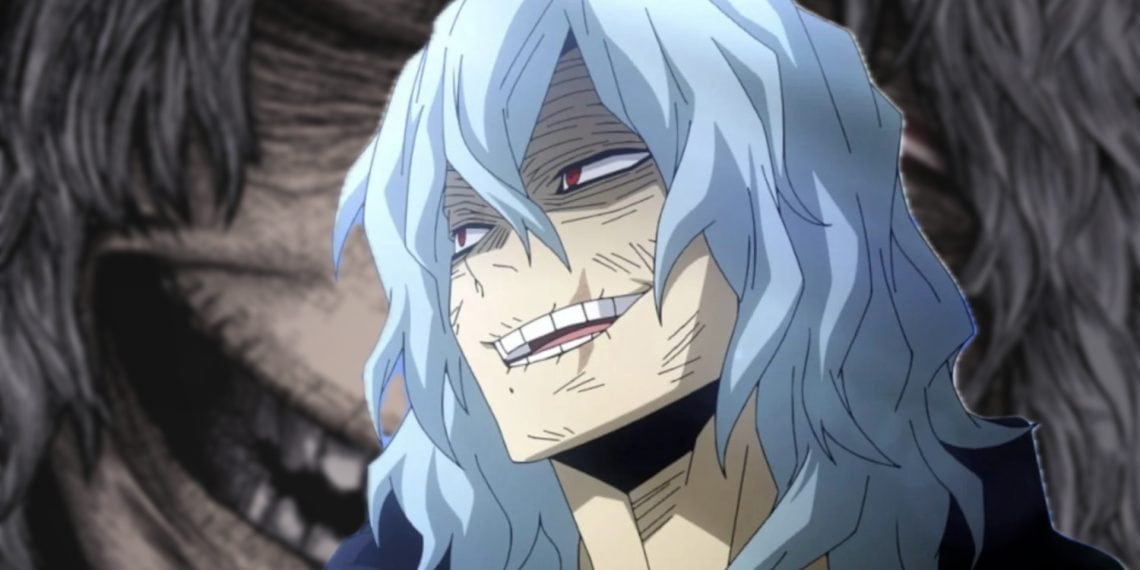Across its six seasons so far, My Hero Academia has introduced audiences to many memorable heroes and villains. However, Tomura Shigaraki stands out as more than just another villain – he represents an intricate exploration of the nature of villainy itself.
In the world of anime, characters frequently fit into predefined archetypes and tropes. Shigaraki defies these molds.
His traumatic childhood leads him down the path to eventually embodying unconstrained evil, providing insights into the nuances of human nature, morality, and the gray areas in between.
Among the numerous villains that cross paths with the U.A. students, Shigaraki is in a league of his own.
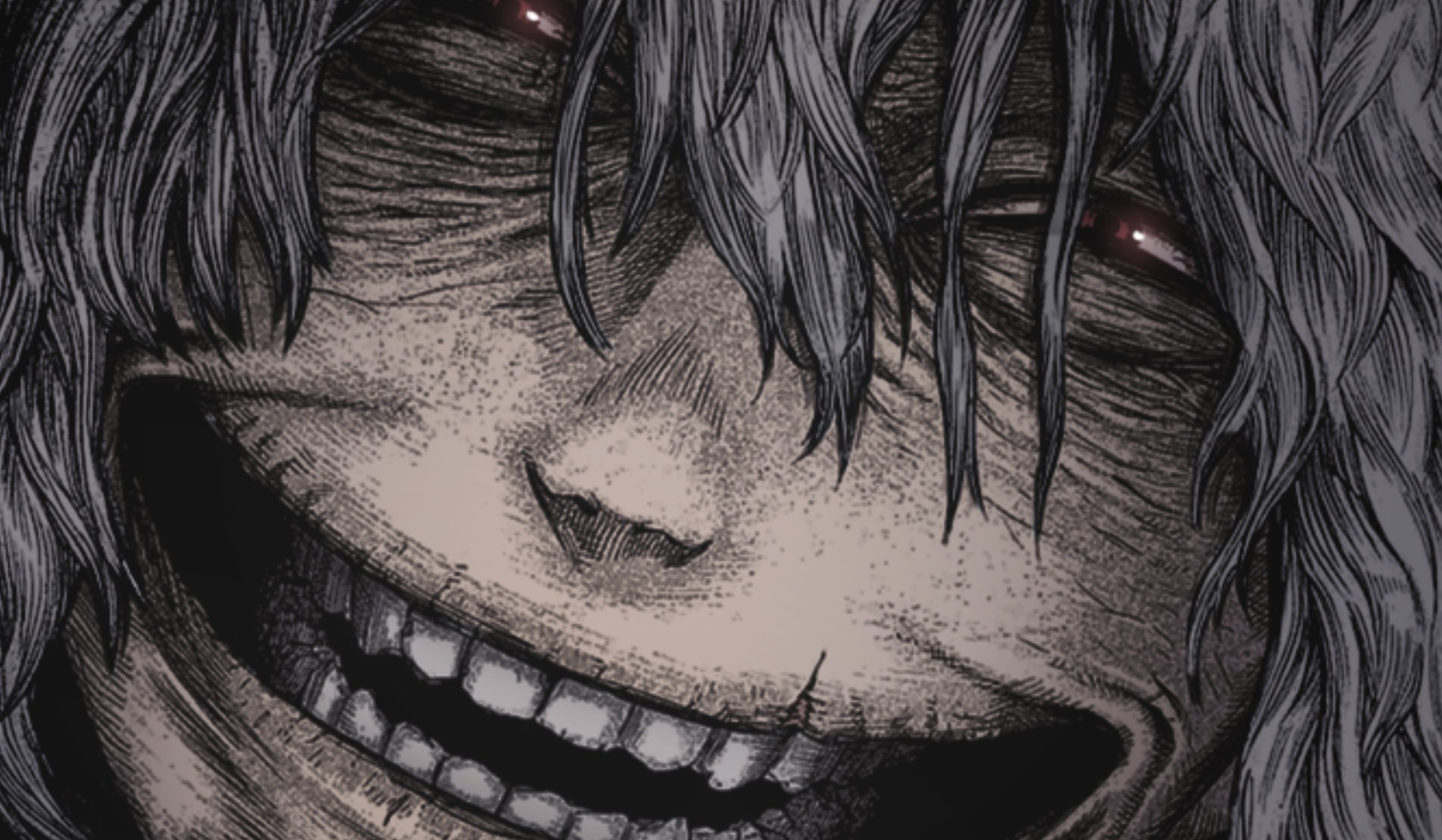
What truly sets Shigaraki apart from other anime antagonists is the evolution of his character over the course of the series. Unlike more one-dimensional villains, Shigaraki grows and transforms as the story progresses. His significance stems not merely from his actions, but the deeper truths they reveal.
In a world where the lines between heroes and villains often blur, Shigaraki’s arc shines as one worth following. His place as a central villain owes not just to his misdeeds, but to the richer meanings they convey.
Unraveling Tomura Shigaraki’s Tragic Family Legacy
Tomura Shigaraki’s backstory in My Hero Academia illuminates how childhood trauma can pave the way for someone to become a villain. His painful history reveals deep, unresolved family wounds spanning generations.
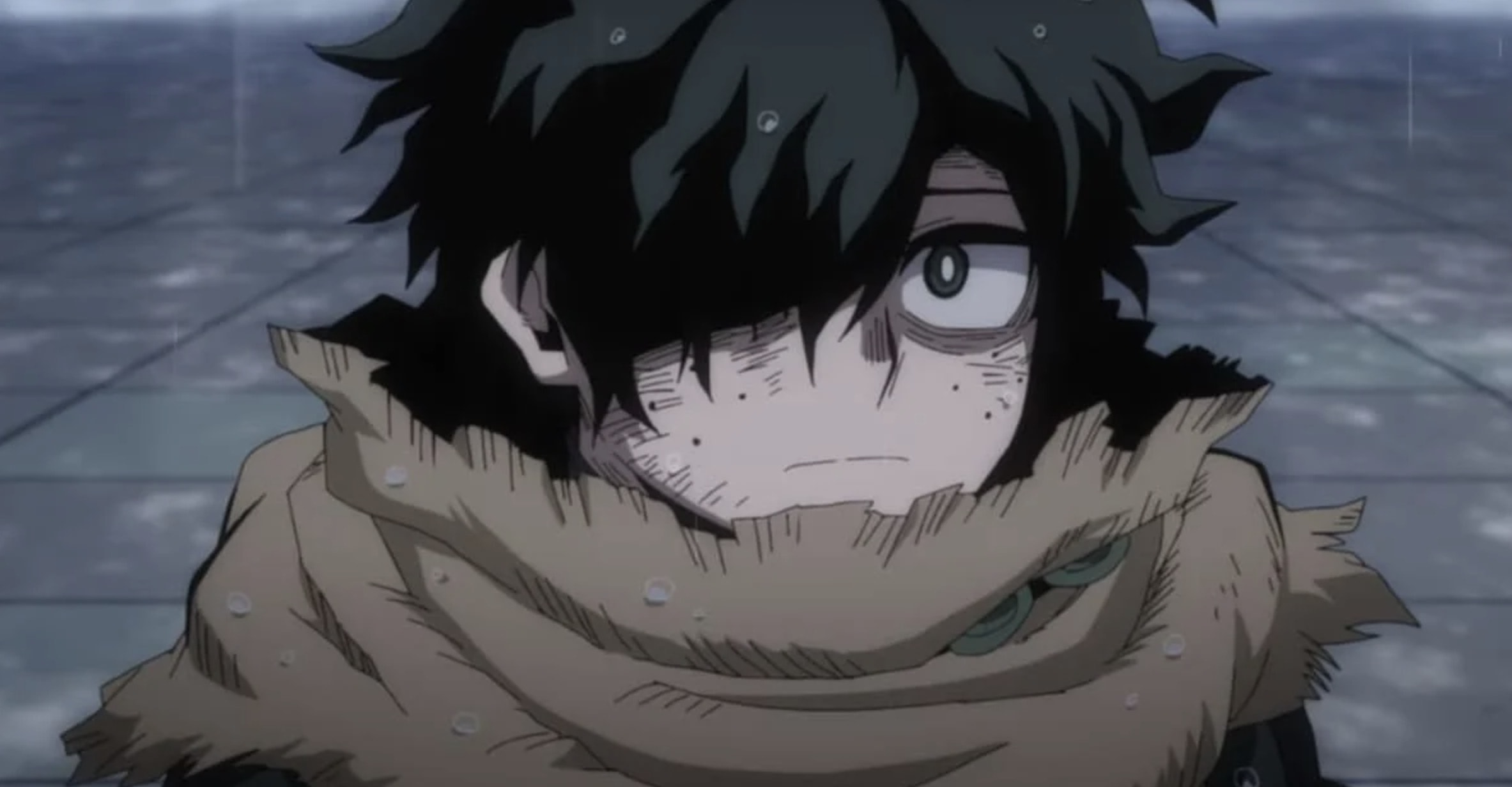
Shigaraki’s grandmother, Nana Shimura, abandoned his father as the seventh holder of One For All to protect him from All For One. However, this decision inadvertently created a cycle of suffering that shaped his father’s treatment of Shigaraki and hatred of heroes.
The lack of support and understanding from his family deeply scarred Shigaraki, catalyzing his descent into darkness. His path does not stem from a sudden switch, but rather the tragic outcome of a family that perpetuated hurt rather than healing.
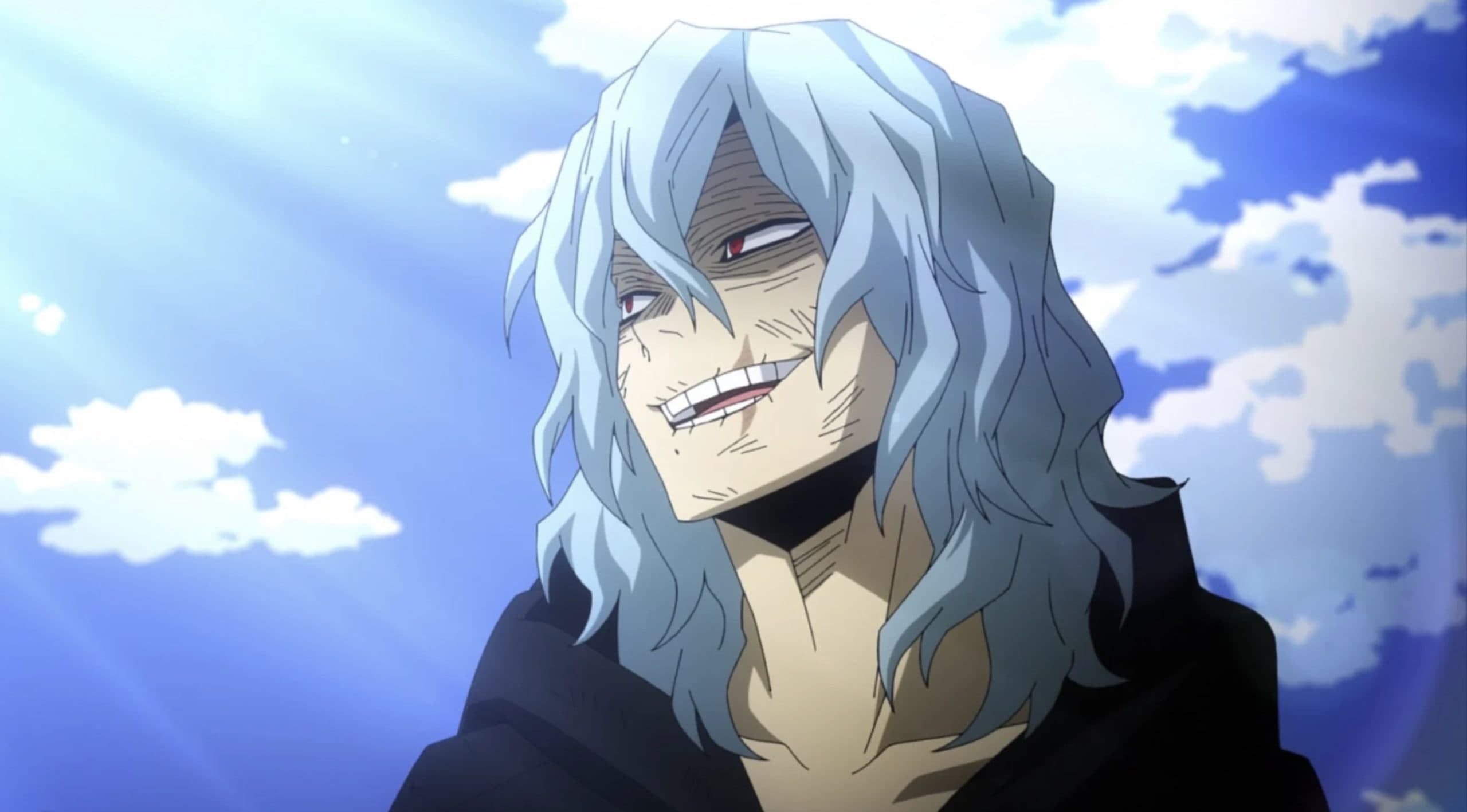
Shigaraki’s story underscores how neglect and abuse in childhood can leave someone vulnerable to manipulation into villainy. His traumatic past spotlights the need to break detrimental cycles rather than pass pain on to the next generation.
The Lingering Echoes of Ancestral Pain
Shigaraki’s backstory serves as a sobering warning about how ancestral family trauma can reverberate for generations. Unable to escape the torment of his past and burdened by crushing expectations, Shigaraki becomes the embodiment of his own broken spirit.

This makes him more than a generic villain; he is a tragic figure whose descent into evil stems from a childhood devoid of love and nurturing. His narrative stands as a grave lesson on how parental neglect and suppression of a child’s joy can warp their future.
Shigaraki’s affection for heroes was deemed unacceptable, and as his Quirk developed, he suppressed it as long as possible. On the fateful night he snaps and kills his family, flees, and is found by All For One, who takes him under his wing.
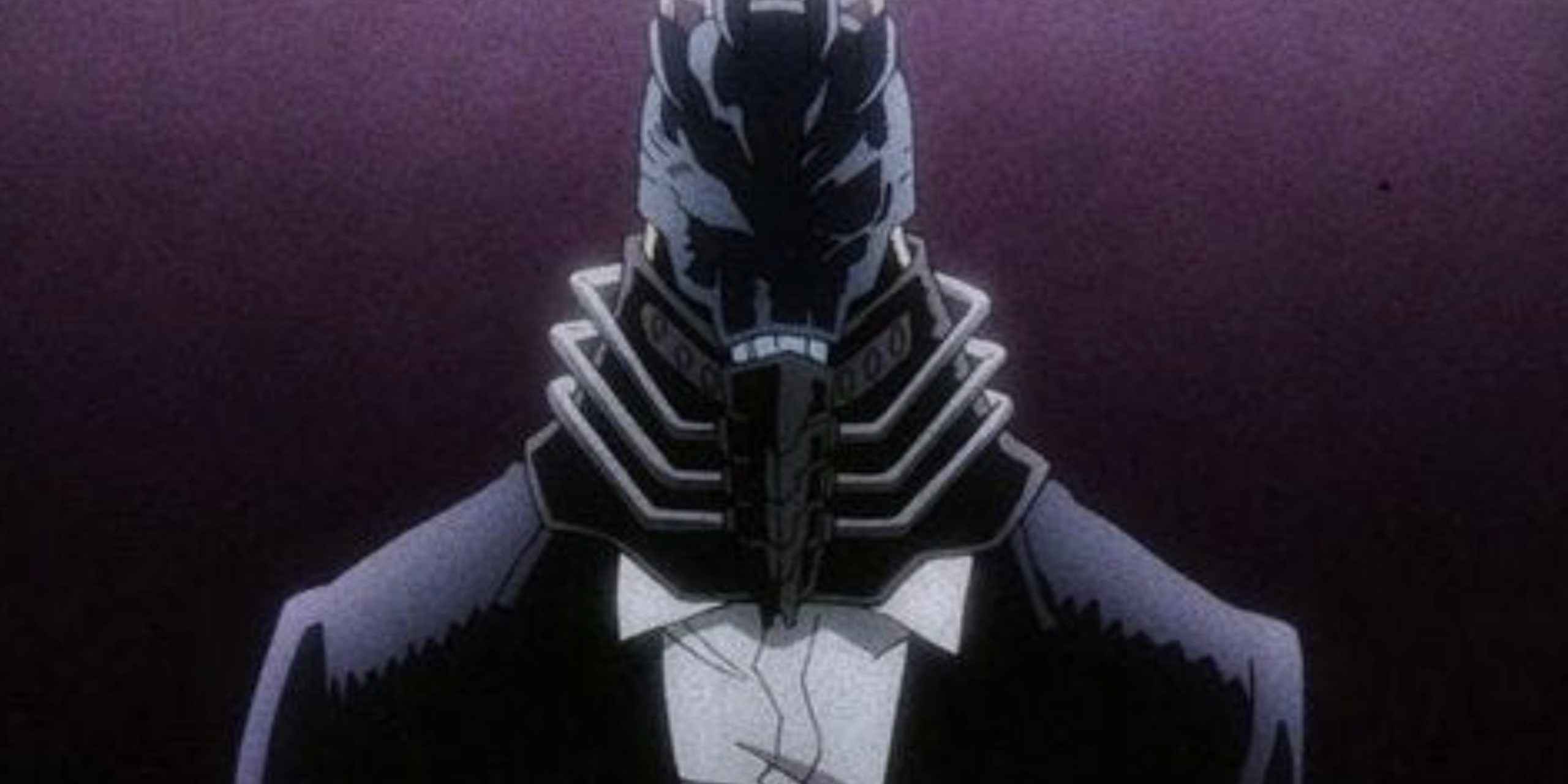
Set against My Hero Academia’s constant questioning of hero/villain dichotomies, Shigaraki’s arc is a heartbreaking tale of how an innocent boy becomes corrupted into an agent of destruction due to ancestral pain.
His story conveys the lasting damage old family wounds can inflict across generations.
Shigaraki’s Complex Motivations and the Nuances of Heroism
Shigaraki’s motivations for villainy in My Hero Academia go beyond a mere desire for chaos. He harbors deep discontent with the way society venerates heroes.
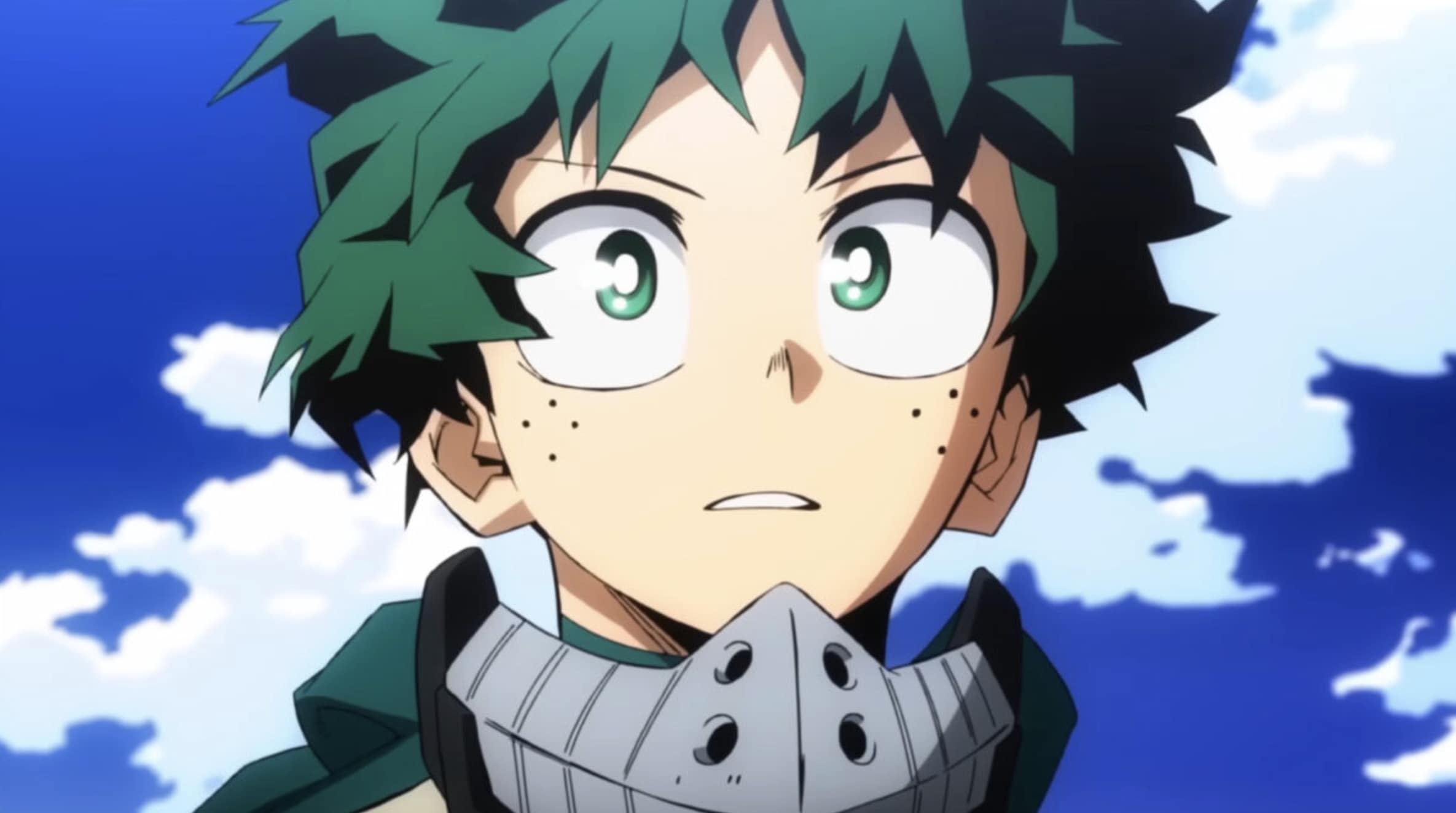
Unlike protagonist Izuku Midoriya, who aspires to do good and inspire hope as Deku, Shigaraki sees the world as flawed and heroes as false idols. All For One manipulates this disillusionment to steer Shigaraki down an even darker path.
Shigaraki’s perspective adds nuance to My Hero Academia. While Midoriya aims to be a true hero, Shigaraki’s arc conveys that the path to heroism is not straightforward.
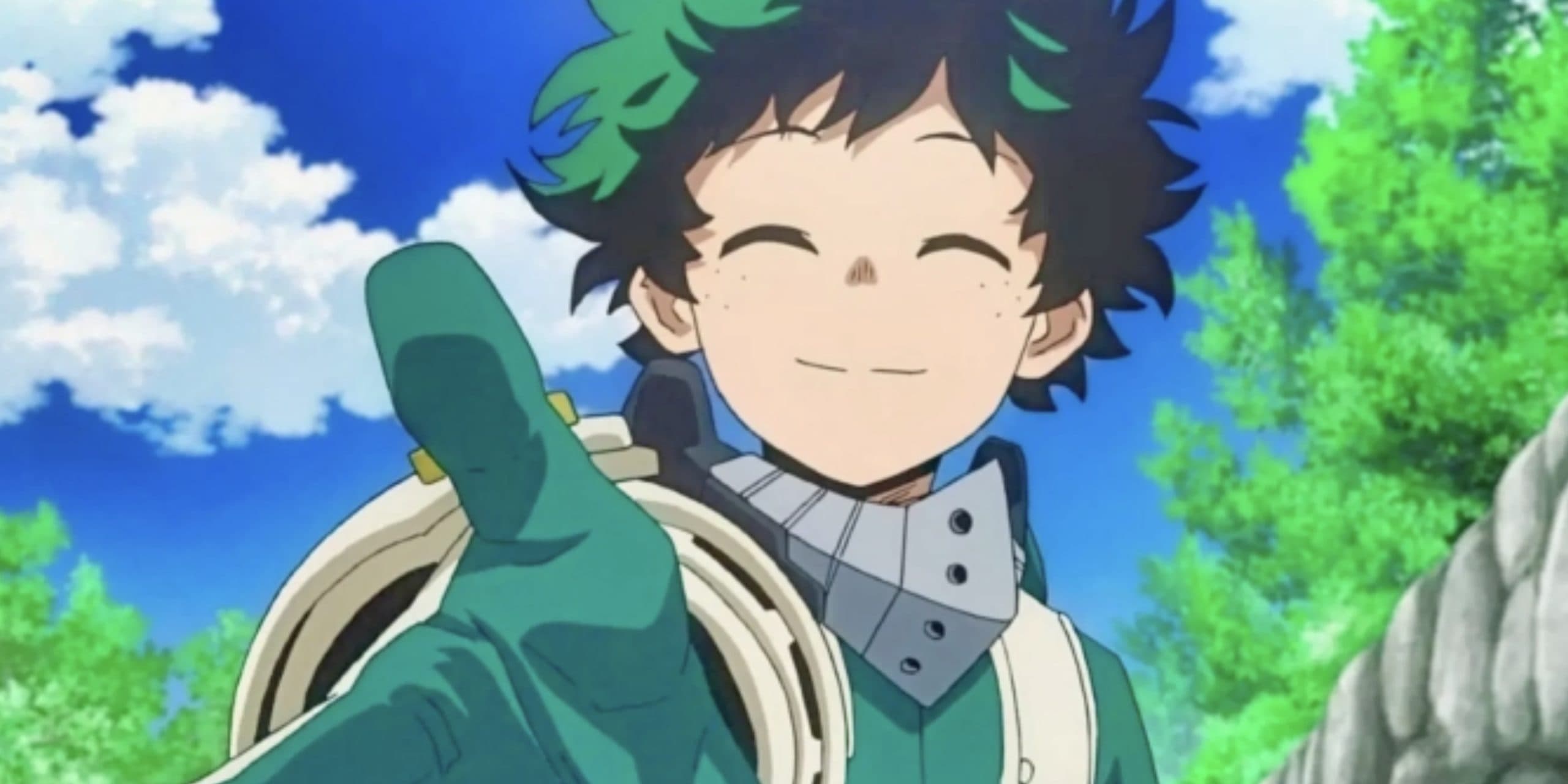
He highlights how even revered heroes can hurt their families, and blind adulation of those who cause harm is unjust. Rather than acting as a generic agent of anarchy, Shigaraki embodies the cumulative wounds inflicted by generations of trauma.
His role as a villain underscores the complexity of striving for an idealized form of heroism. Shigaraki’s outlook challenges simplistic notions of good and evil in a way that adds depth to the series.


